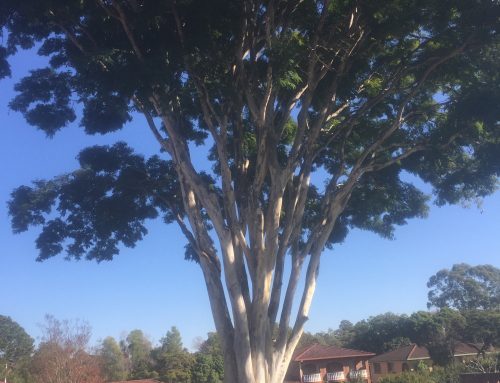An Arborist by definition is an individual who is trained in the art and science of planting, caring for, and maintaining individual trees. Arborist certification is a nongovernmental, voluntary process by which individuals can document their base of knowledge. It operates without mandate of law and is an internal, self-regulating device administered by the International Society of Arboriculture. Certification provides a measurable assessment of an individual’s knowledge and competence required to provide proper tree care. This is not a measure of standards of practice and can attest to the tree knowledge of an individual but cannot guarantee or ensure quality performance. Certified Arborists are individuals who have achieved a level of knowledge in the art and science of tree care through experience and by passing a comprehensive examination developed by some of the nation’s leading experts on tree care. Certified Arborists must also continue their education to maintain their certification. Therefore, they are more likely to be up-to-date on the latest techniques in Arboriculture.
Arborists specialize in the care of individual trees. They are knowledgeable about the needs of trees and are trained and equipped to provide proper care. Hiring an Arborist is a decision that should not be taken lightly. Proper tree care is an investment that can lead to substantial returns. Well cared-for trees are attractive and can add considerable value to your property. Poorly maintained trees can be a significant liability. Pruning or removing trees especially large trees can be dangerous work. Tree work should be done only by those trained and equipped to work safely in trees.
Services That Arborists Can Provide
Pruning
An Arborist can determine the type of pruning necessary to maintain or improve the health, appearance, and safety of trees. Pruning techniques include removing limbs that:
Interfere with utilities or structures
Obstruct streets or sidewalks
Are dead, weak, or decayed and pose unacceptable risk
Are diseased or insect-infested
Storm damaged
Will increase light penetration and reduce wind resistance within the canopy upon removal (thinning)
Other pruning techniques are used to maintain proper structure in young trees, improve tree shape or form, and reduce the likelihood of future damage during storm events.
Tree Removal
Although tree removal is a last resort, there are circumstances when it is necessary. An Arborist can help decide whether a tree should be removed.
Removal is recommended when the tree is:
Dead or dying
Considered an unacceptable risk
Causing an obstruction that is impossible to correct through pruning
Crowding and causing harm to other, more desirable trees
To be replaced by a more suitable specimen
Located in an area where new construction requires removal
Emergency Tree Care
Storms may cause limbs or entire trees to fall, often landing on other trees, structures, or cars. The weight of storm-damaged trees is great, and they can be dangerous to remove or trim. An Arborist can assist in performing the job in a safe manner, while reducing further risk of damage to property.
Planting
Some Arborists plant trees, and most can recommend species that are appropriate for a particular location. The wrong tree in the wrong location will lead to future problems as a result of limited growing space, insects, diseases, or poor growth.
Other Services
Many Arborists also provide a variety of other tree care services, including:
Plant Health Care or preventive maintenance to keep trees in good health while reducing any insect, disease, or site problems
Fertilization and soil modification for improved tree health
Cabling or bracing for added support to branches with weak
attachments
Soil aeration to improve root growth
Installation of lightning protection systems
Applications to manage certain insect and disease problems
Consulting and legal expert services relating to trees



Leave A Comment